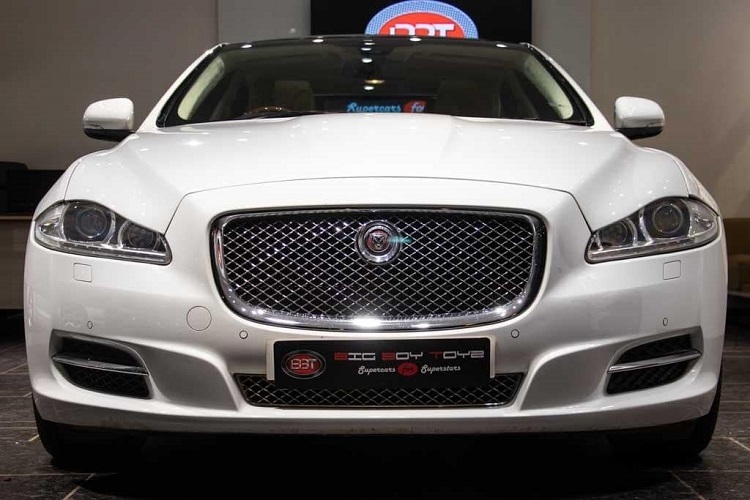Buying a second-hand car is a major undertaking for many of us, as we are not entirely certain where most vehicles come from, what they have been through, and how much they can still take. Fortunately, in many countries, there is legislation that protects the rights of consumers, especially when it comes to purchasing a used vehicle.
In Ireland, for instance, you have the right to ask for certain documents and certificates, such as the all-important NCT Certificate, the VRC, and more. Apart from this, you should also pay careful attention to the vehicle’s specifications as well as, of course, its exterior, interior, and the way it drives. Following are a few tips on making the best decision when planning to buy a second-hand car:
Know what you need
First of all, before you even begin checking out different cars, either from traders or private sellers, you should have a good idea of what it is you are looking for. You should be able to choose a vehicle which suits your preferences as well as your lifestyle, especially if you are planning to use it as your main car. For instance, do you need a vehicle with extra space for sports gear and such? Are you concerned about the environment? You should also think about the expense of operating a vehicle, which includes the cost of service, the cost of fuel, and the cost of insurance. By doing this, you will not be carried away with the first vehicle you see, but instead, you will be able to think clearly and go on from there.
The documentation and specifications of the vehicle
If you have found a car that you are interested in, before you even test-drive it or inspect it, you should ask the seller or trader to show you the VRC or the Vehicle Registration Certificate. If the vehicle is an Irish vehicle, you should ask for the VRC, but if the vehicle has been imported from the UK, you should ask to be shown the vehicle’s V5C.
The VRC and V5C are the actual documents which prove the vehicle’s ownership. If you are speaking with a private seller, their name must correspond with the name on the VRC or V5C. For better security, you should also ask for the seller’s proof of identity. If you are checking a car from a dealer, then the dealer should still be able to show you the VRC or V5C under the name of the owner selling the vehicle.
When checking the VRC, you should also know what to look for: the VRC showcases a ten-digit number on the paper’s first page, at the top corner on the right. The ten-digit number should look something like C065558888. The beginning part of the number, ‘C06,’ would stand for the year 2006, while a ten-digit number that begins with ‘C09…’ would correspond to the year 2009 and so on. The VRC should also display the specifications of the vehicle, including the size of its engine, the type of fuel it uses, its registration date, and its colour.
When you have the VRC number, you should double-check all the information on it. What you can do is note the numbers down and have them double-checked via a vehicle valuation by a reliable entity so you can have a more accurate idea of the quality and even history of the vehicle. With proper vehicle valuations, you can have better peace of mind knowing that the vehicle you are interested in will be worth it in the end.















